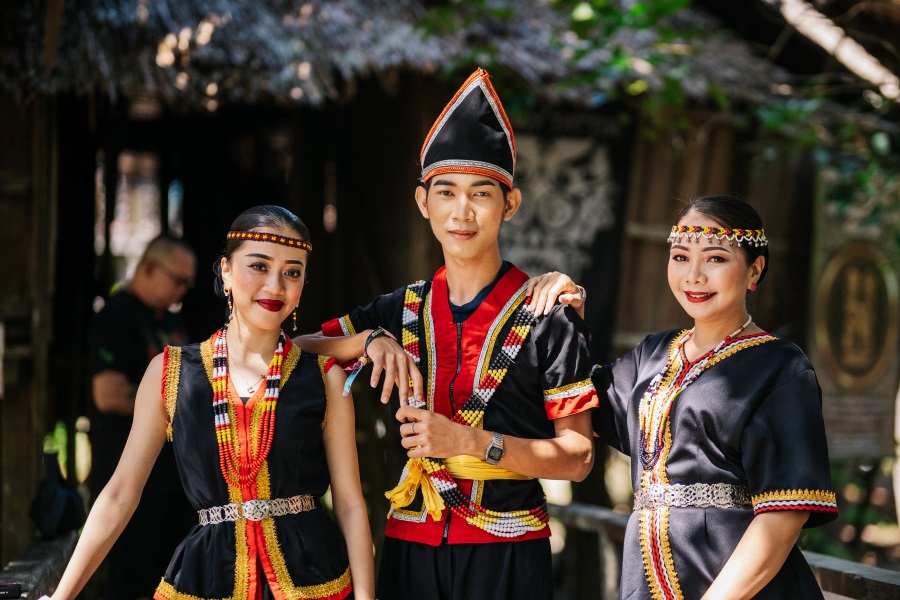Rainforest Resonance: My Festival Story from Borneo’s Heart
By Payal Saini
Editor, Travel Links Magazine
There are journeys that are planned—and those that find you. The Rainforest World Music Festival 2025 in Kuching, Sarawak, was one of the latter. Nestled at the foot of Mount Santubong, beside the turquoise South China Sea, and framed by the verdant rainforests of the Sarawak Cultural Village, this edition transcended mere music—it became a heartfelt celebration of earth, culture, and connection. This was my first music festival, and I couldn’t imagine a more fitting place to dive into the world’s melodies.
Festival of Connections: One Earth, One Love
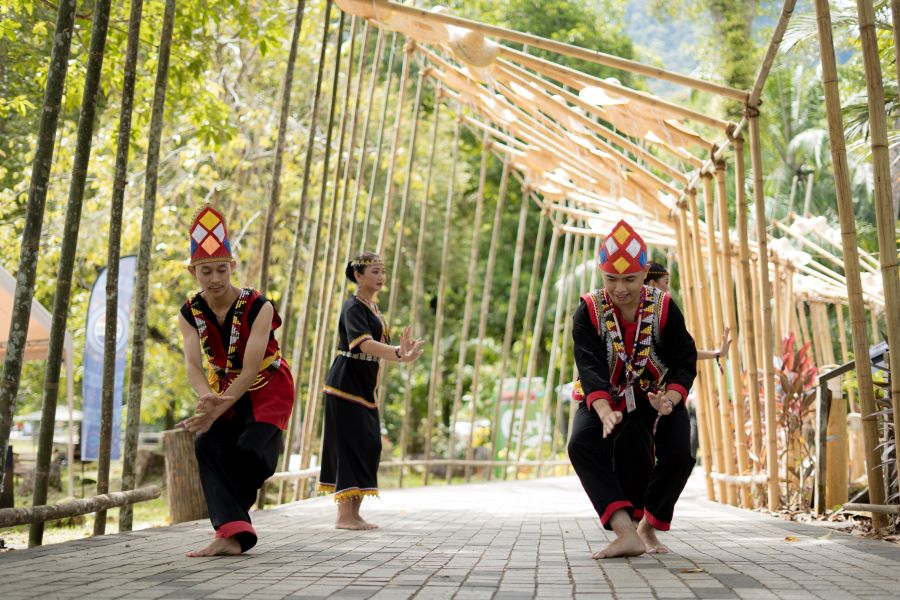
Staged from 20–22 June 2025, RWMF drew over 200 performers from more than 20 countries under the banner “Connections: One Earth, One Love” With an emphasis on sustainability—recycling, zero plastics, tree‑planting pledges—the festival felt like a celebration with purpose, not just party.
The crowd was diverse—travellers, locals, families, artists—drawn not by superficial glitz but by the authenticity of shared humanity through sound.
The Bands That Moved the Mountains
Each performance was like opening a cultural gate. Here’s a rundown of a few groups that enchanted us:
Earth, Wind & Fire Experience by Al McKay (USA)
Seven-time Grammy winner Al McKay and his band revived EWF classics—“September,” “Let’s Groove”—in the rainforest. Funk‑soul under tropical skies was nothing short of electric
️ Otyken (Siberia)
This indigenous Siberian ensemble stunned the audience with throat‑singing, jaw‑harp (vargan), igil, morinhur, and raw percussive power. Their set felt like a journey into ancestral spirit
At Adau (Sarawak)
Sarawak’s own At Adau fused the melodious sape with Bidayuh, Iban, and Orang Ulu percussion, beautifully representing local musical heritage
Kulāiwi (Hawaiʻi, USA)
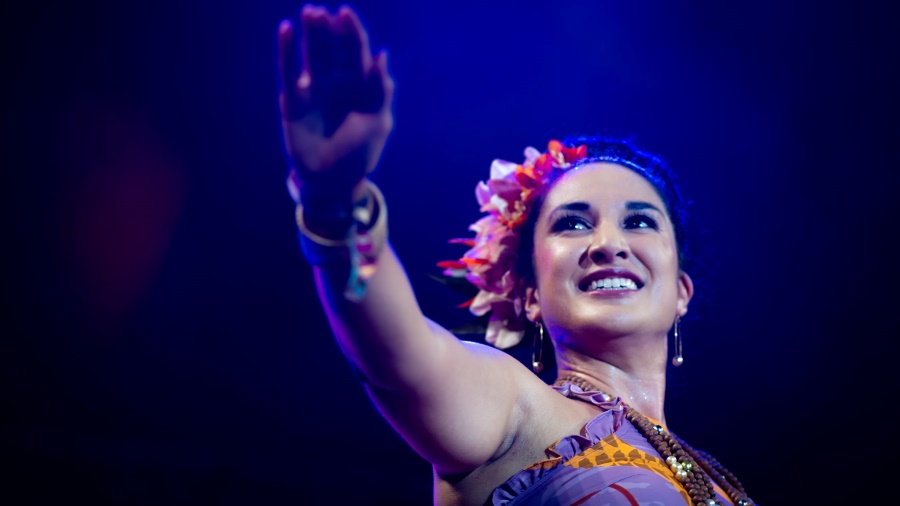
The Hawaiian trio rekindled spirit through song, reconnecting listeners with native land and ancestral memory—a moving, soulful performance.
Tal Fry (India)
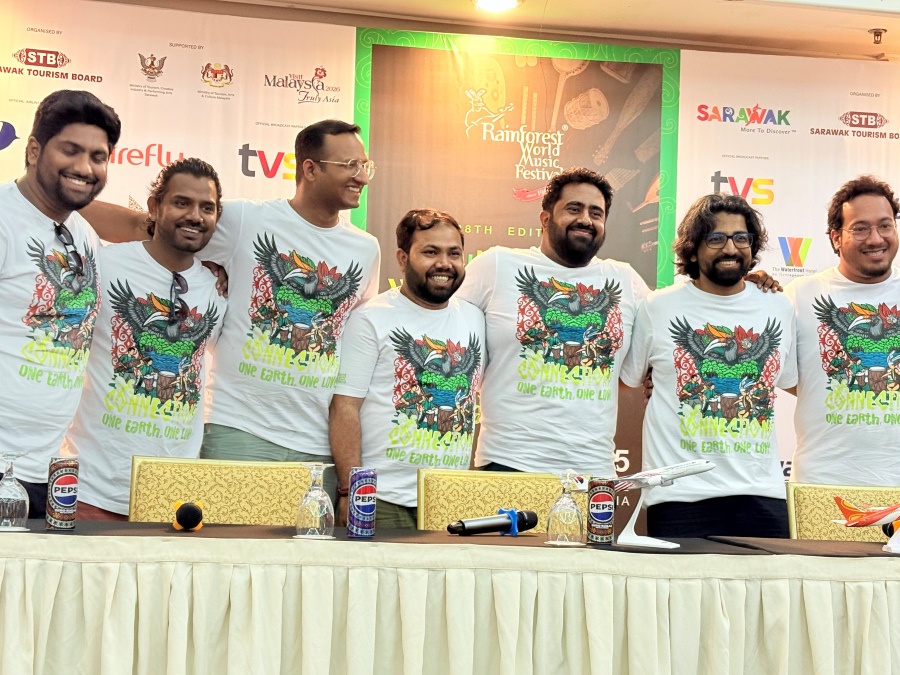
Blending Carnatic and Hindustani traditions with folk percussion and visuals, Tal Fry delivered rhythmic magic—intimate, immersive, evocative
Seffarine (Morocco / Cuba / Spain / USA / Iran)
This multicultural fusion band wove together Arabic, flamenco, Persian, Latin‑jazz textures. Their performance had a hypnotic, worldly pull.
Kuntaw Mindanao (Philippines)
Vibrant tribal drums, indigenous chants, and colourful energy brought a raw, joyous island spirit to the stage.
Malaysian Stars: Naungan, Buddha Beat & More
Home-grown groups like Naungan, Buddha Beat, Buloh Berkocak, Meruked, and Sinaran Collective blended traditional gongs, bamboo percussion, and modern beats—an electrifying homecoming line-up.
KI (Japan)

This was one of the most spiritually charged performances I witnessed. Oki Kano, a legendary Japanese musician of Ainu descent, performed using the ton Kori, a traditional 5-stringed instrument of the Ainu people. His music, both minimalist and profound, brought the forgotten voices of Japan’s indigenous past to the forefront. It was a gentle, meditative moment in an otherwise high-energy line-up.
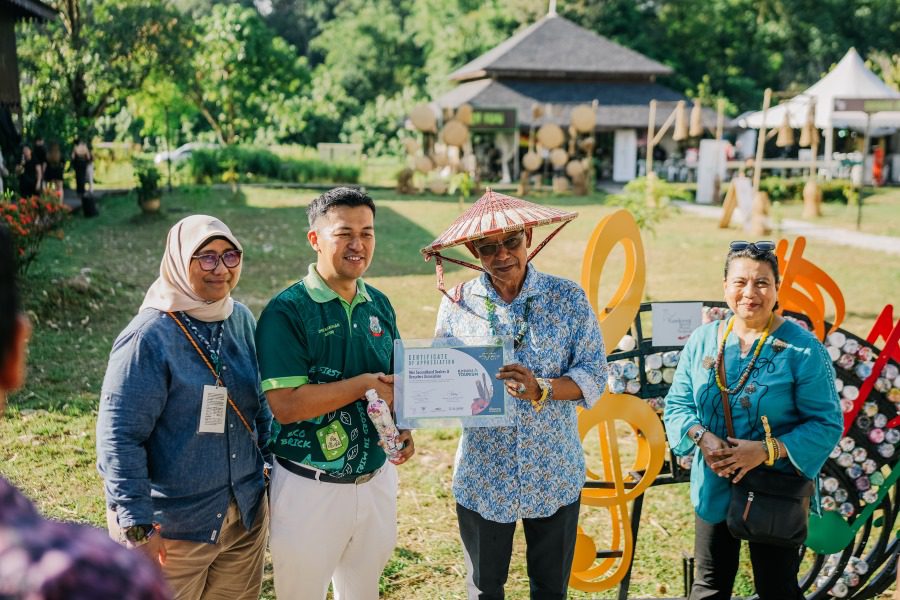
My First-Time Festival Highlights
Experiencing this festival as a first-timer was transformative—not chaotic or impersonal, but soul-warningly intimate. I wandered through instrument workshops, joined in jam circles, each moment revealing layers of culture I’d never known. Under the bamboo stage, as twilight gave way to hoots and whistles, I felt part of a global heartbeat—co-creating rhythm, sharing air, breathing music.
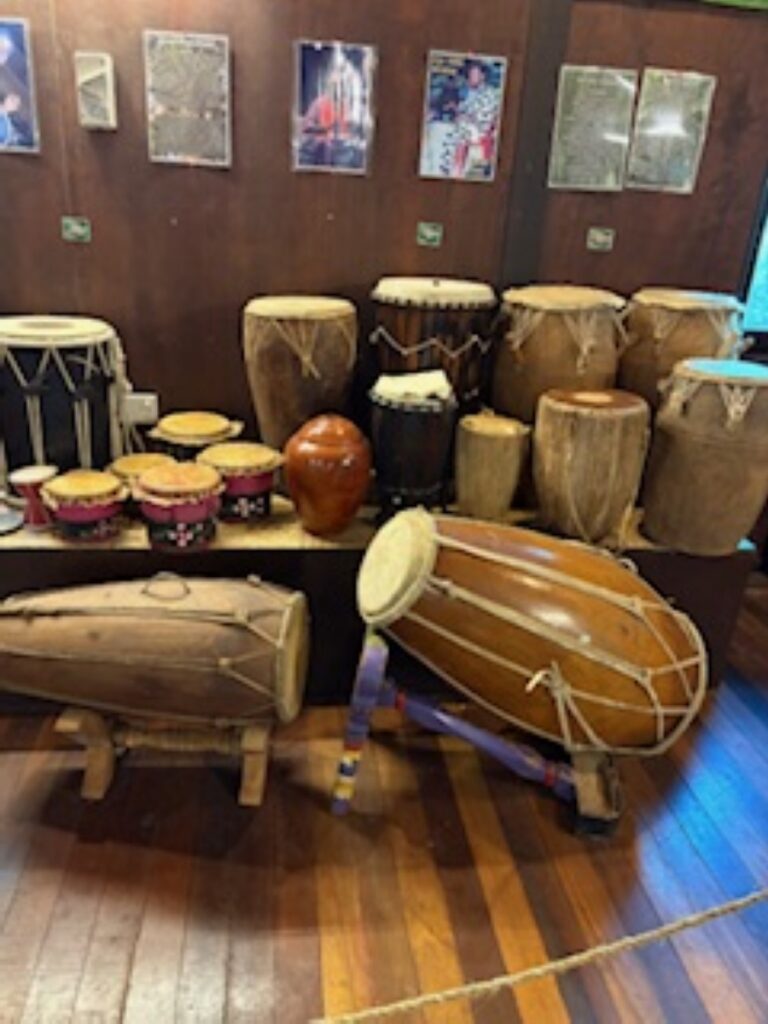
Sanctuary at Damai Beach Resort
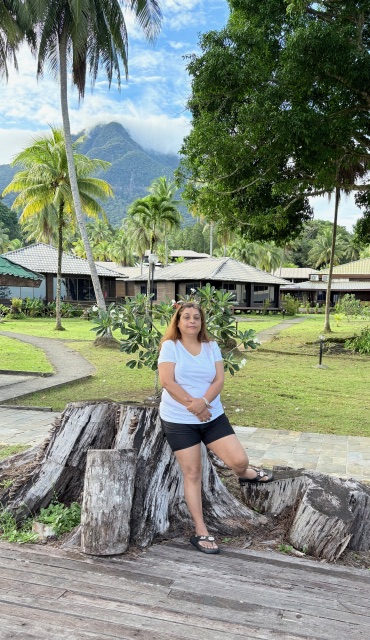
Each evening, I returned to Damai Beach Resort, just minutes from Sarawak Cultural Village. Waking to birdsong, lounging with sea views as a backdrop, and witnessing sunsets melting over the South China Sea—this was more than accommodation; it was a gentle retreat from festival intensity.
Discovering Kuching, the Cat City
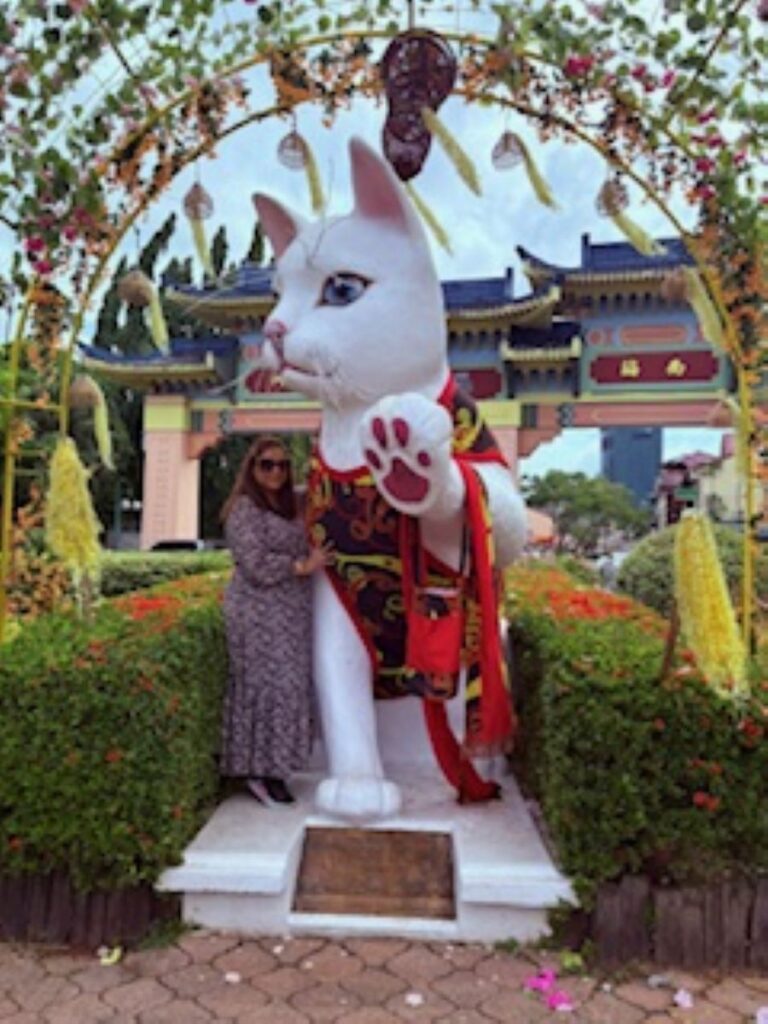
Kuching (“cat” in Malay) charmed us with feline-themed décor—statues, art, cafés—and the intriguing tales behind its name. Whether it’s derived from Kuching or ancient port names, the result is a city with whimsy, friendliness, and feline pride.
Our wanderings led us to:
- Kuching Waterfront and the Darul Hana Bridge, ablaze with light and riverside calm
- Tua Pek Kong Temple and colonial churches reflecting Kuching’s multicultural tapestry
A Cultural Treasure: Borneo Cultures Museum
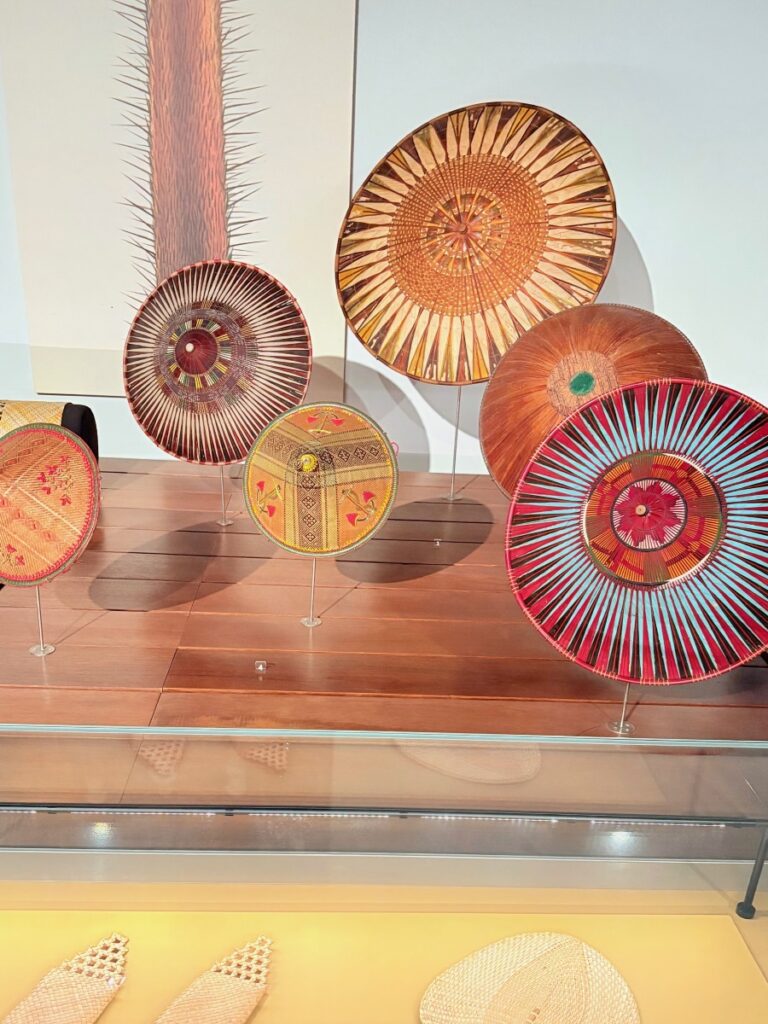
One of the most enriching parts of our visit was a few hours spent inside the Borneo Cultures Museum, which is one of the largest museums in Southeast Asia. Located right in Kuching, it’s a sprawling, modern museum that beautifully showcases the art, culture, textiles, rituals, and ancestral knowledge of Borneo’s many ethnic communities.
What impressed me most was how interactive and engaging the space was. From digital storytelling to traditional longhouse architecture, from exhibits on headhunter traditions to musical instruments from the Iban, Bidayuh, Orang Ulu, and Melanau communities — it was all there, curated with pride and authenticity.
The museum is not just a must-visit for tourists, but a living cultural vault for the people of Sarawak.
Flavours of the Rainforest
Food in Sarawak is a reflection of its people: rich, diverse, and unforgettable.
We devoured:
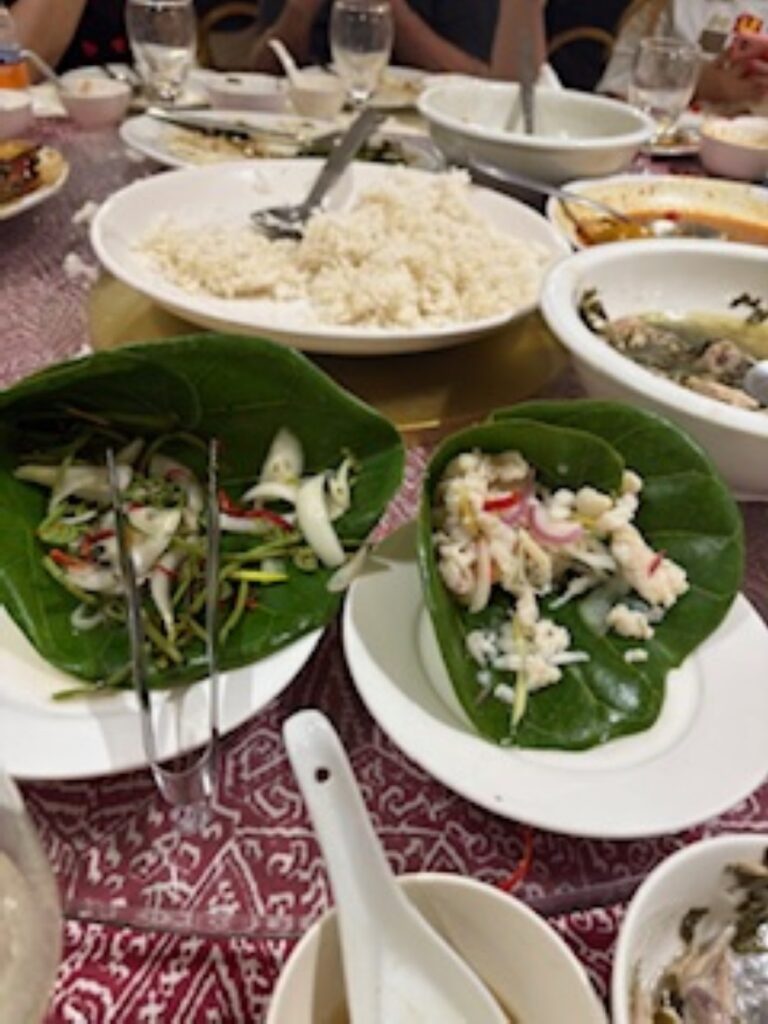
- Sarawak Laksa – spicy, tangy, and coconut-rich
- Ayam Pansuh – chicken cooked inside bamboo
- Midin Belacan – wild jungle ferns with shrimp paste
- Kek Lapis Sarawak – colorful layered cake that’s as artistic as it is delicious
- Fresh dabai, rambutan, and wild fruits from the open markets
Every dish was a cultural tale.
Sarawak Tourism Board: The Heart behind the Scenes
A huge part of what made this festival so memorable was the seamless hospitality and deep intention shown by the Sarawak Tourism Board. Their commitment to sustainability, cultural preservation, and community-led tourism was evident everywhere—from the eco-friendly practices at the venue to the way they highlighted indigenous voices on stage.
Their team welcomed us with warmth, helped us engage meaningfully with artists, and ensured this journey wasn’t just comfortable—but transformational.
✨ Why RWMF is a Must
This is not just a music festival.
It is a pilgrimage for the soul, a gathering of the world’s wisdom-keepers, a reminder of what unites us all—rhythm, respect, and reverence.
For me, it was more than a professional assignment—it was a personal awakening.
Final Notes from a Grateful Heart
If you ever get the opportunity to attend the Rainforest World Music Festival, do not hesitate. Book the ticket. Pack light. Keep your heart open.
Because here, deep in the Sarawak rainforest, under the stars and beside strangers who feel like family, you’ll remember something very old and very essential:
That music is not just an entertainment.
It’s ancestry.
It’s activism.
Its home.
About Travel LinksTravel Links Magazine- The Top 10 travel Conscious Luxury Travel Magazine
USP: Original content, experience-driven narratives, sustainable luxury, national and international coverage.
At the forefront of Indian travel media, Travel Links Magazine has emerged as one of the top travel magazines in India, and arguably, the most original. Known for its authentic experiences, on-ground reporting, and a keen focus on luxury with a conscience, Travel Links delivers curated content that speaks directly to modern travellers.



